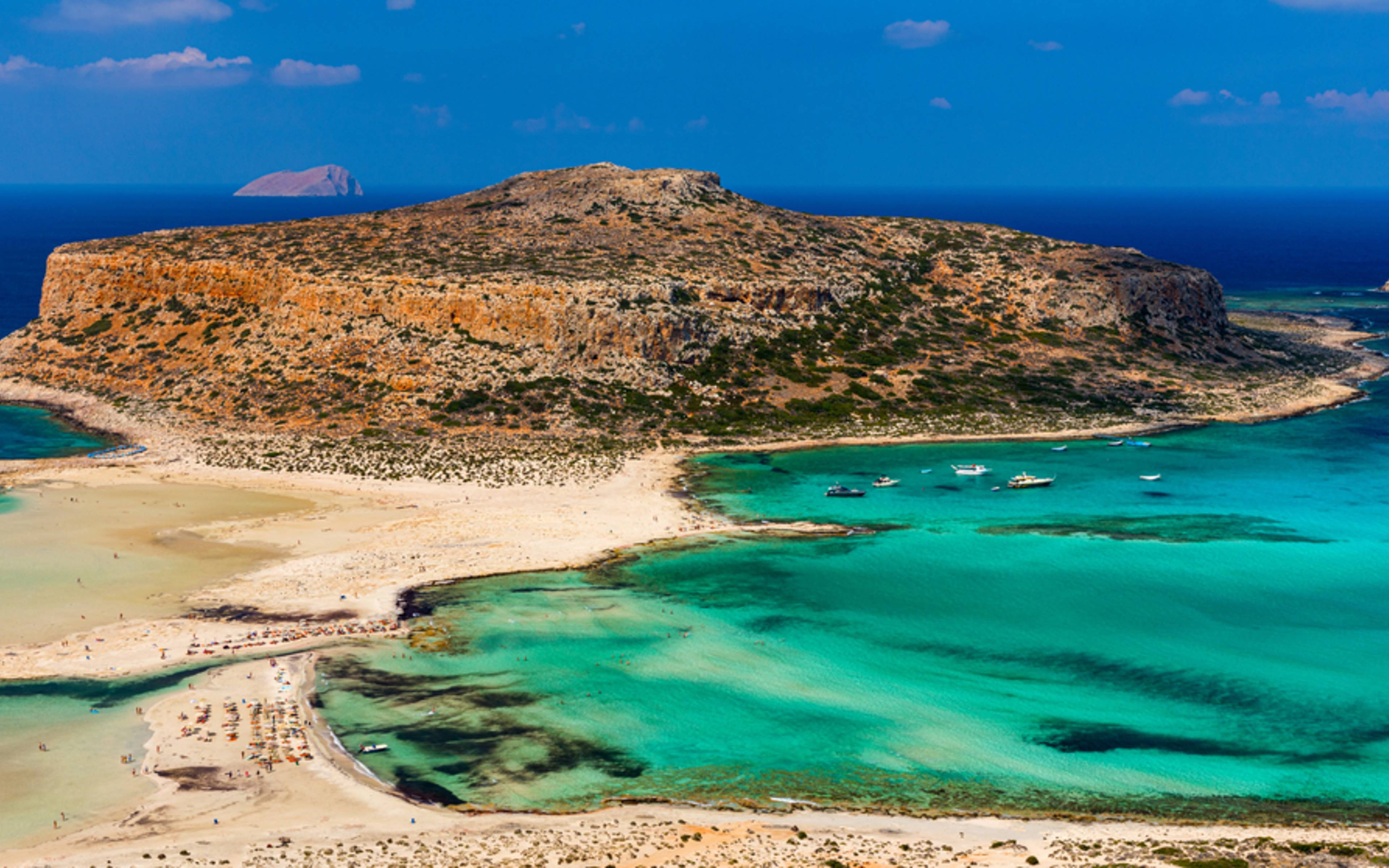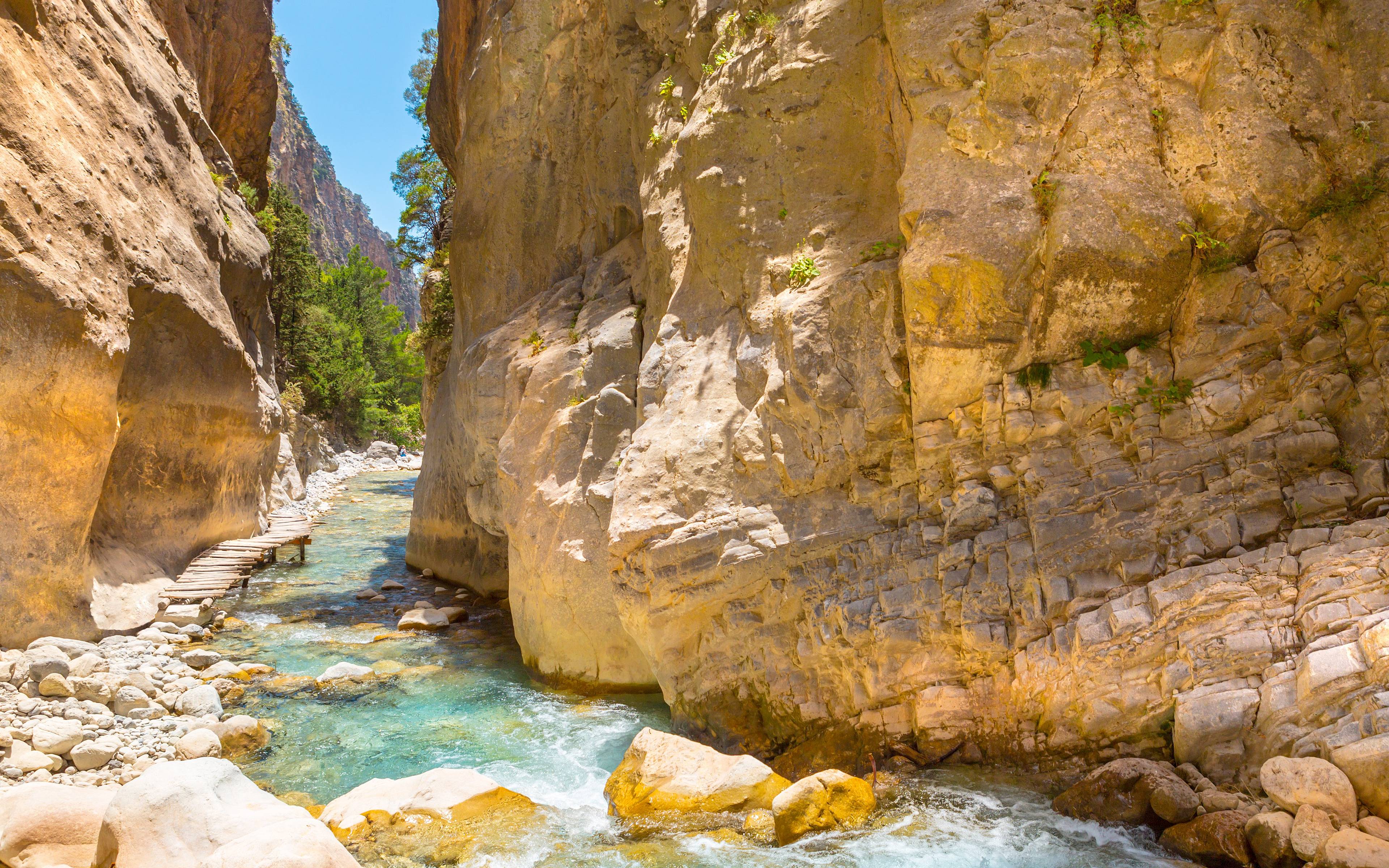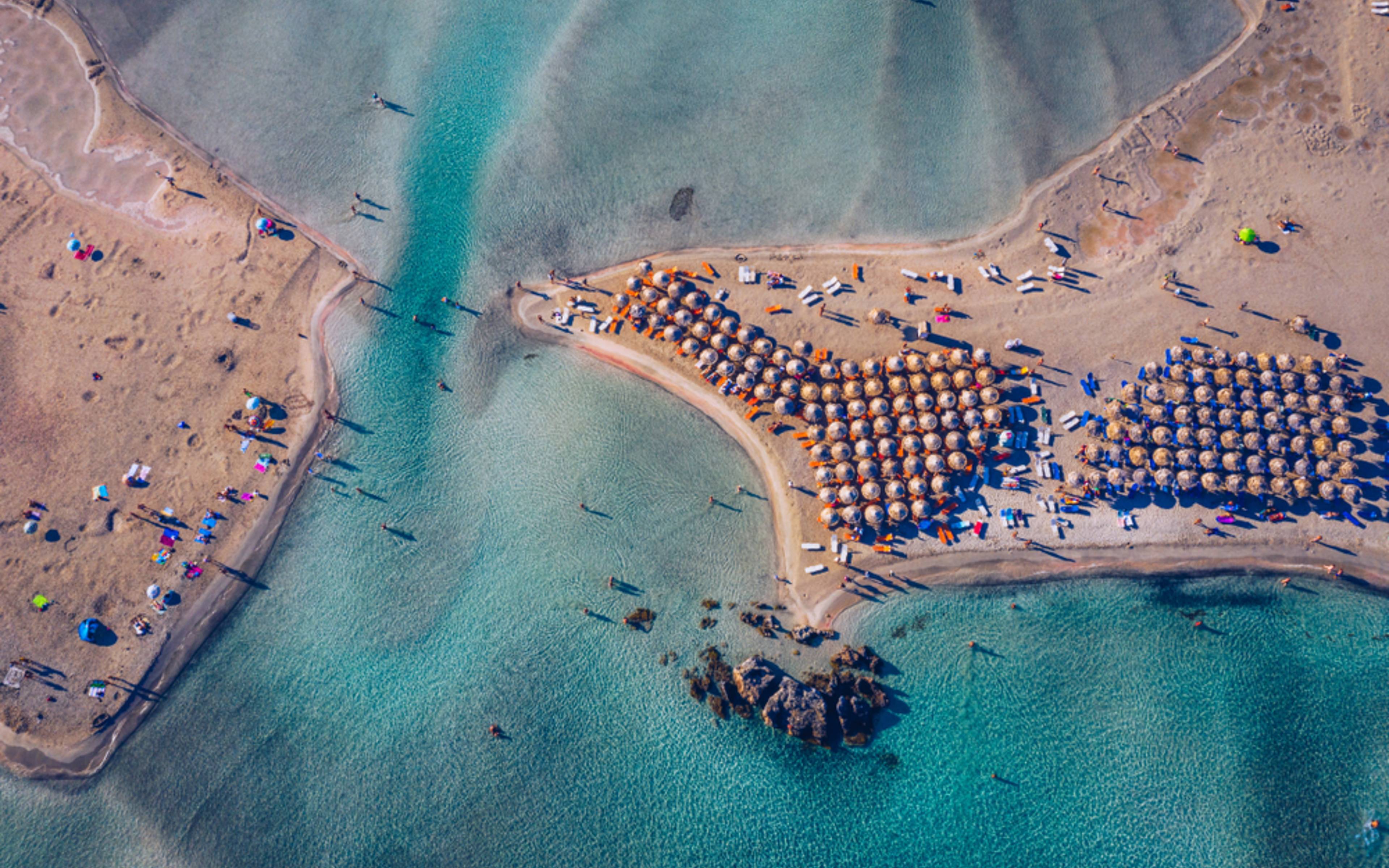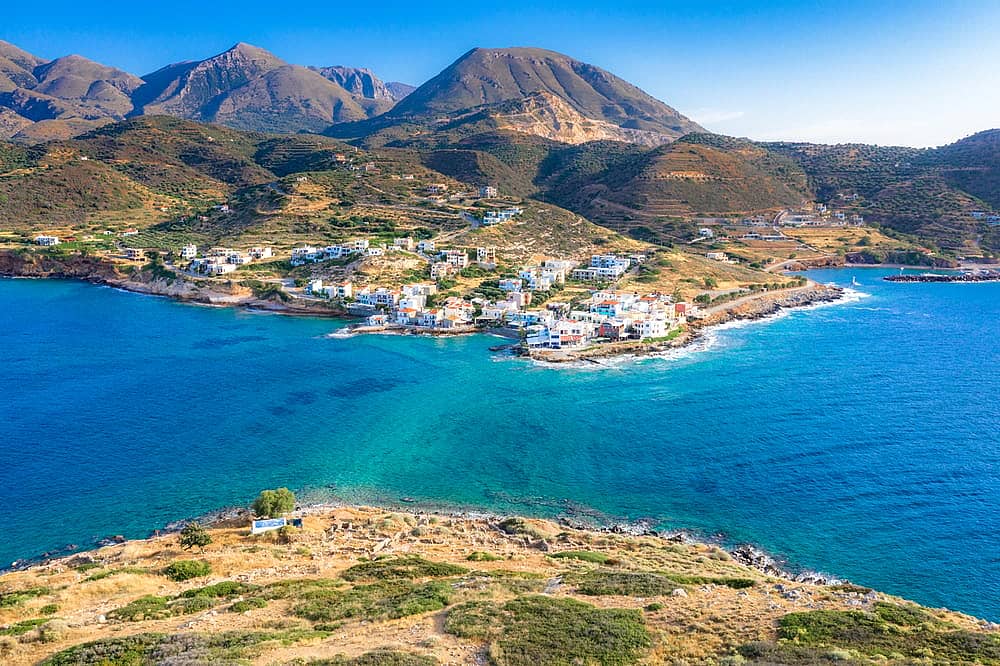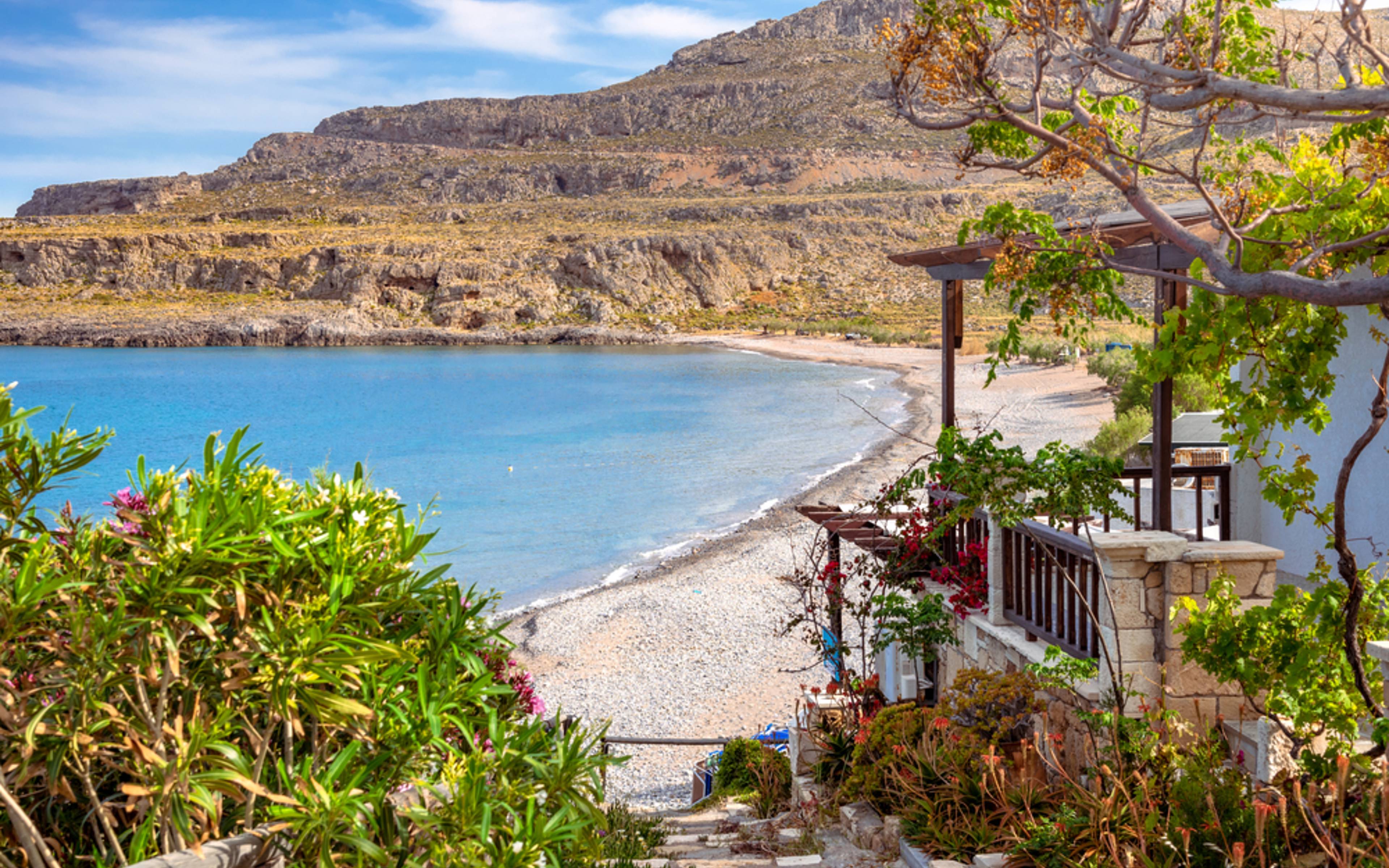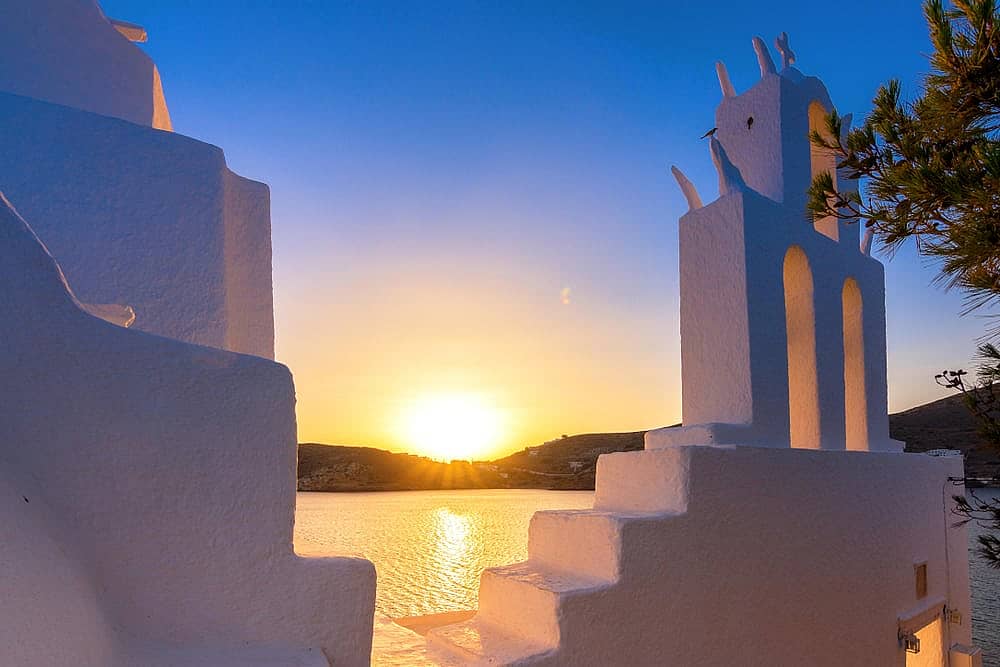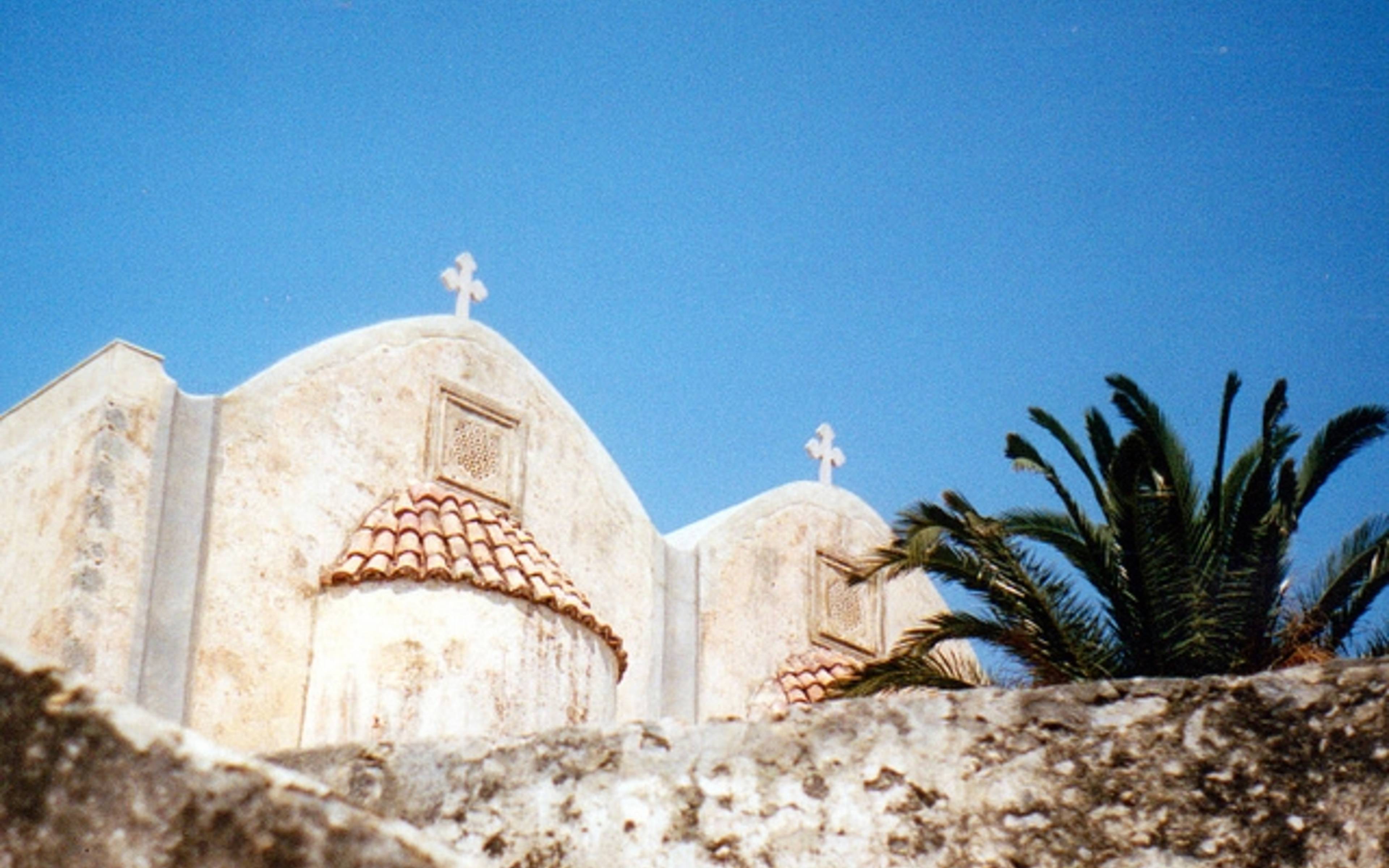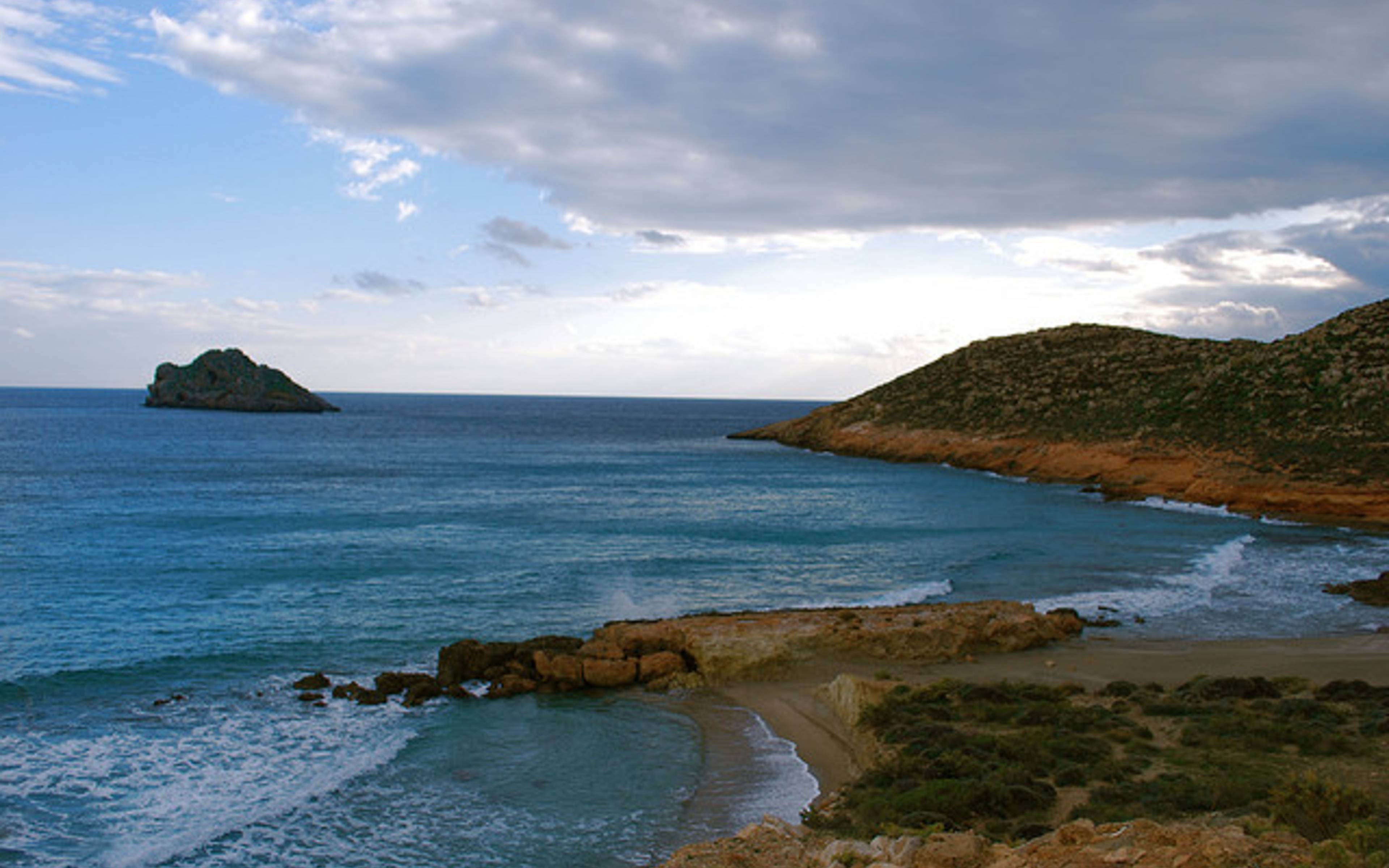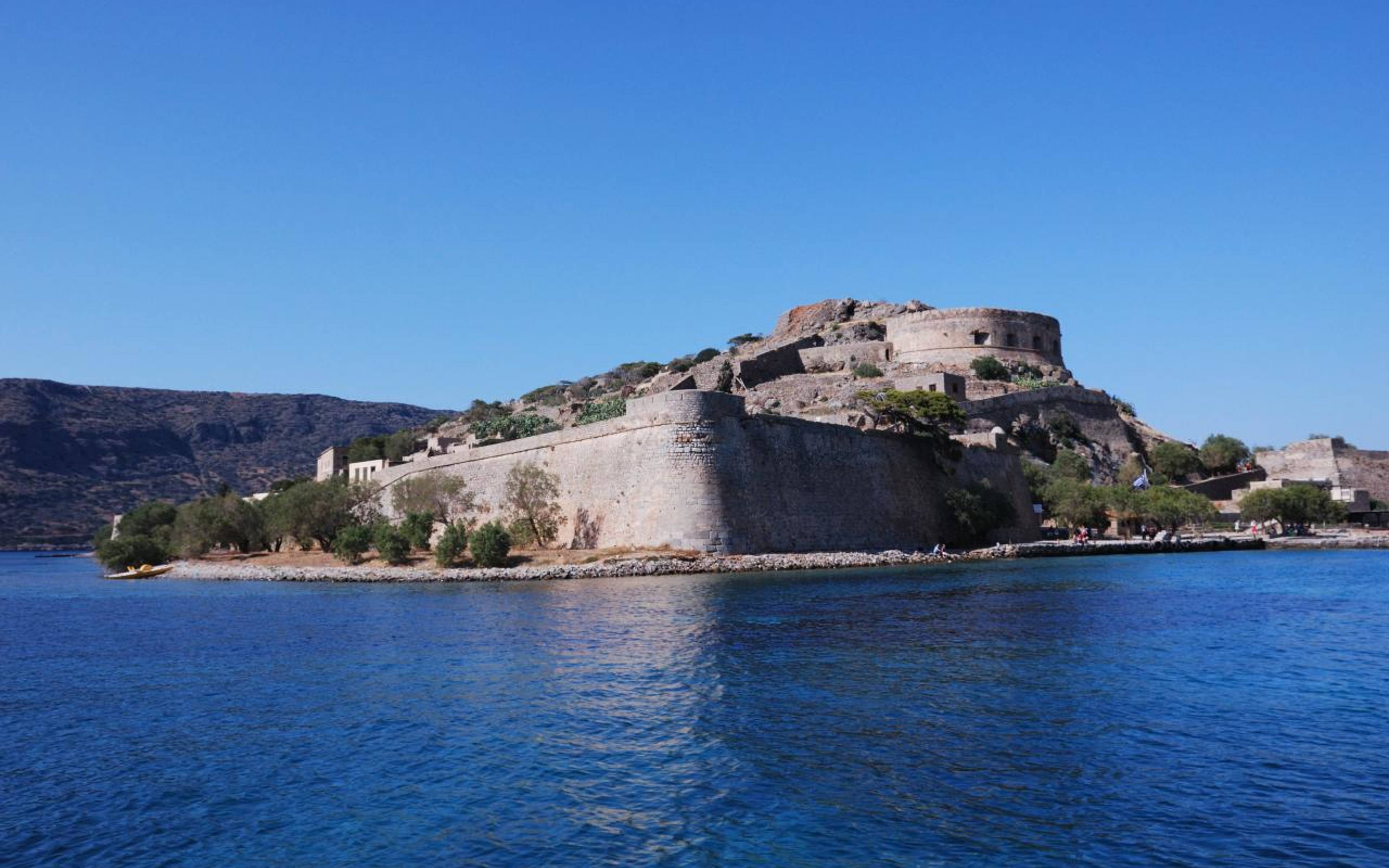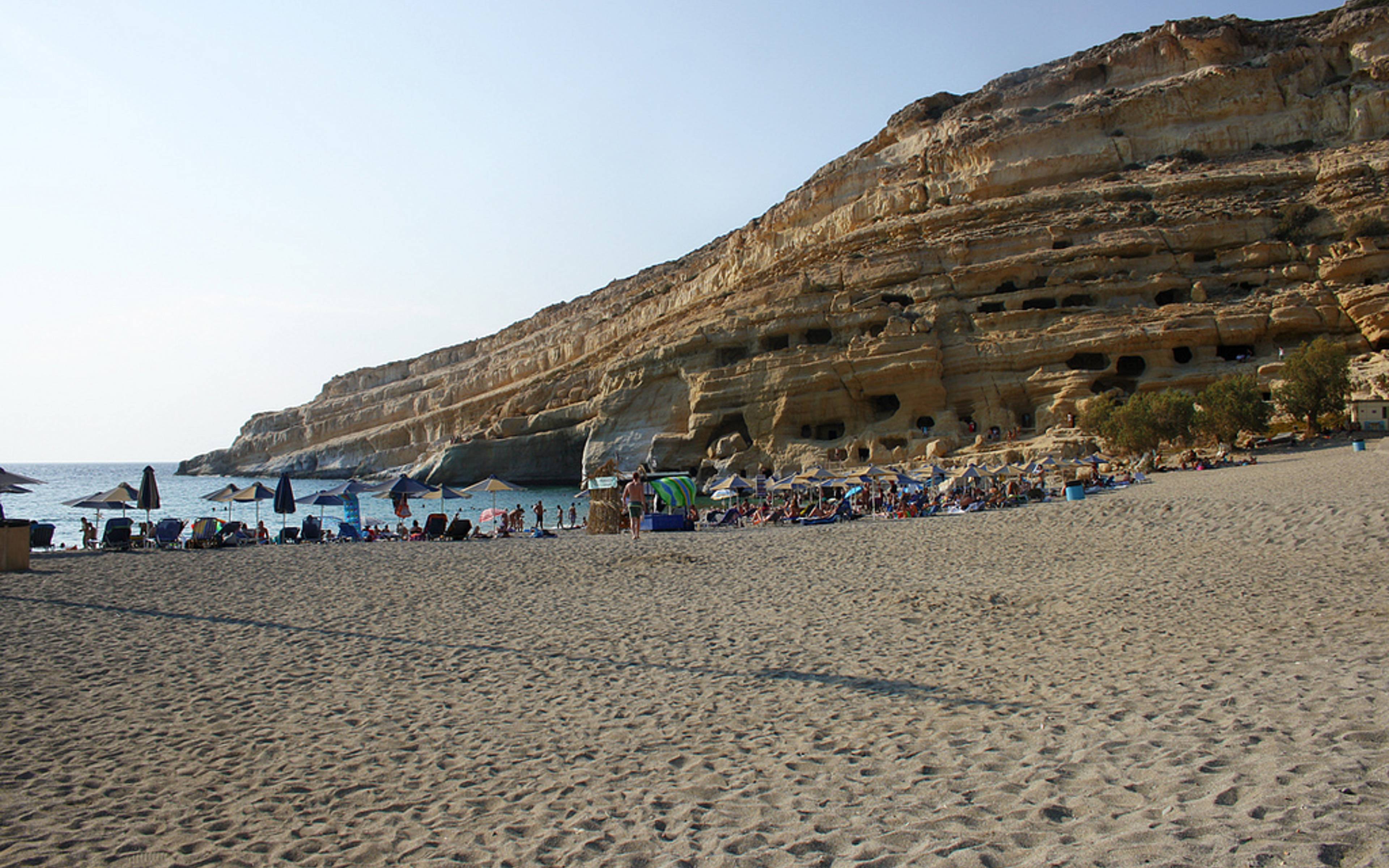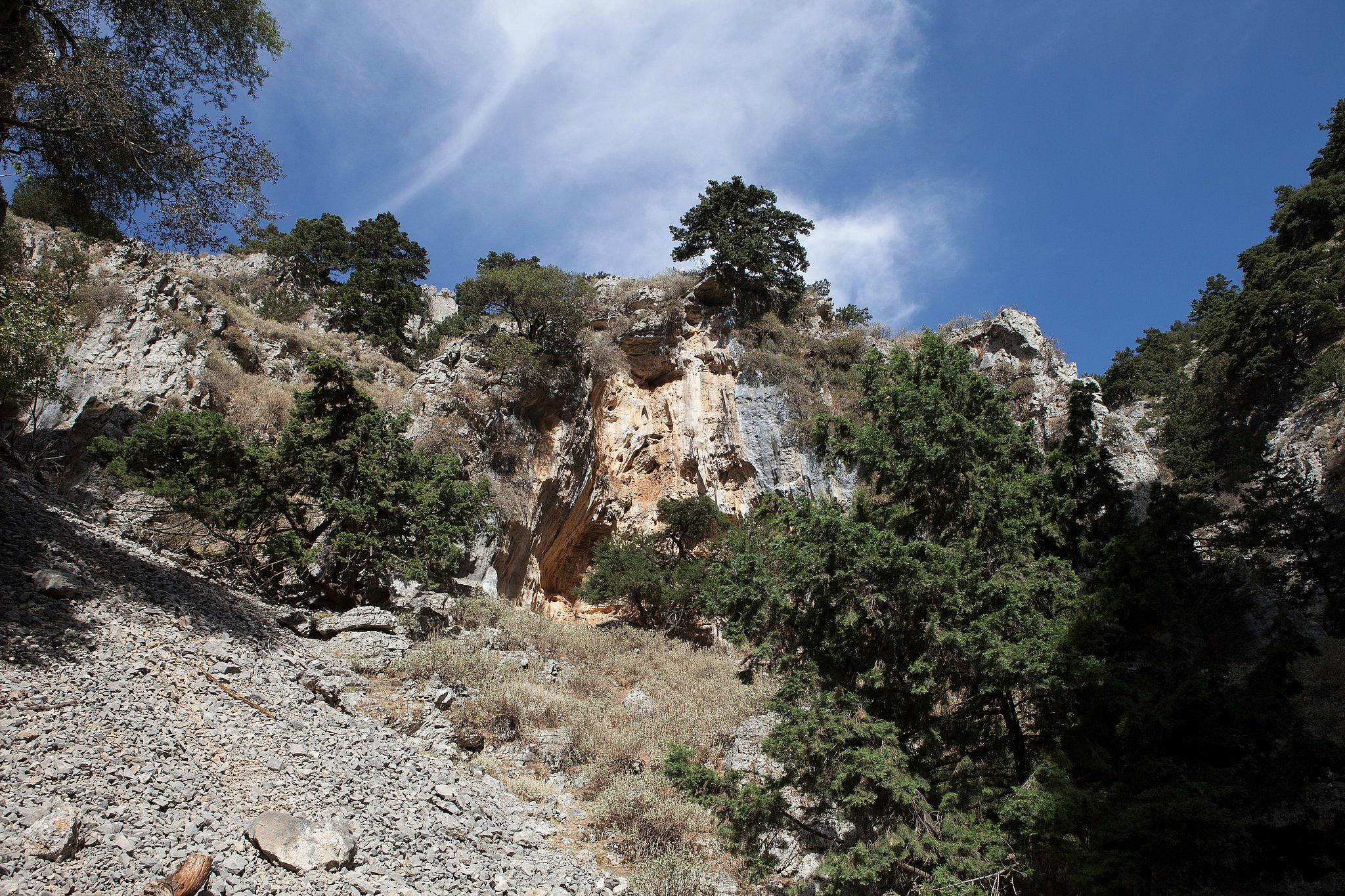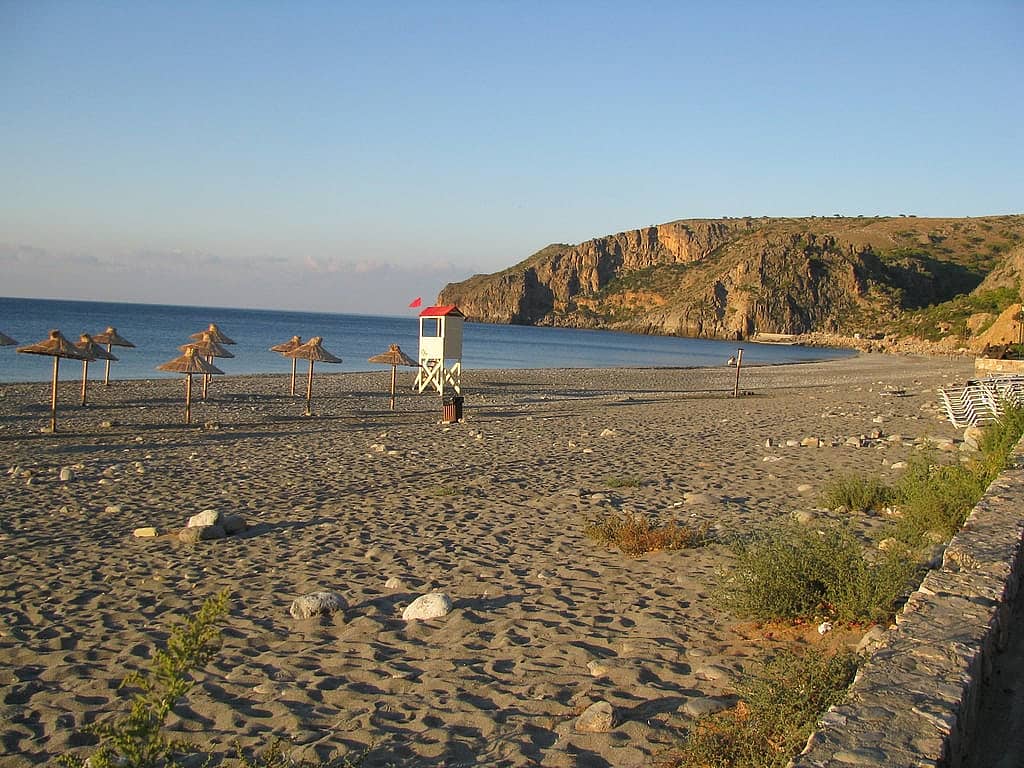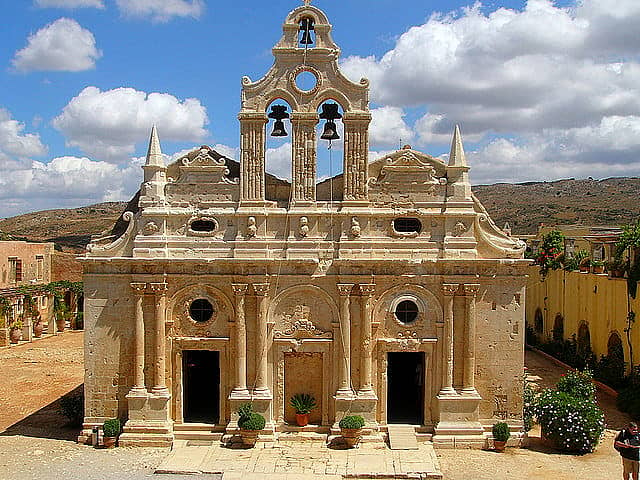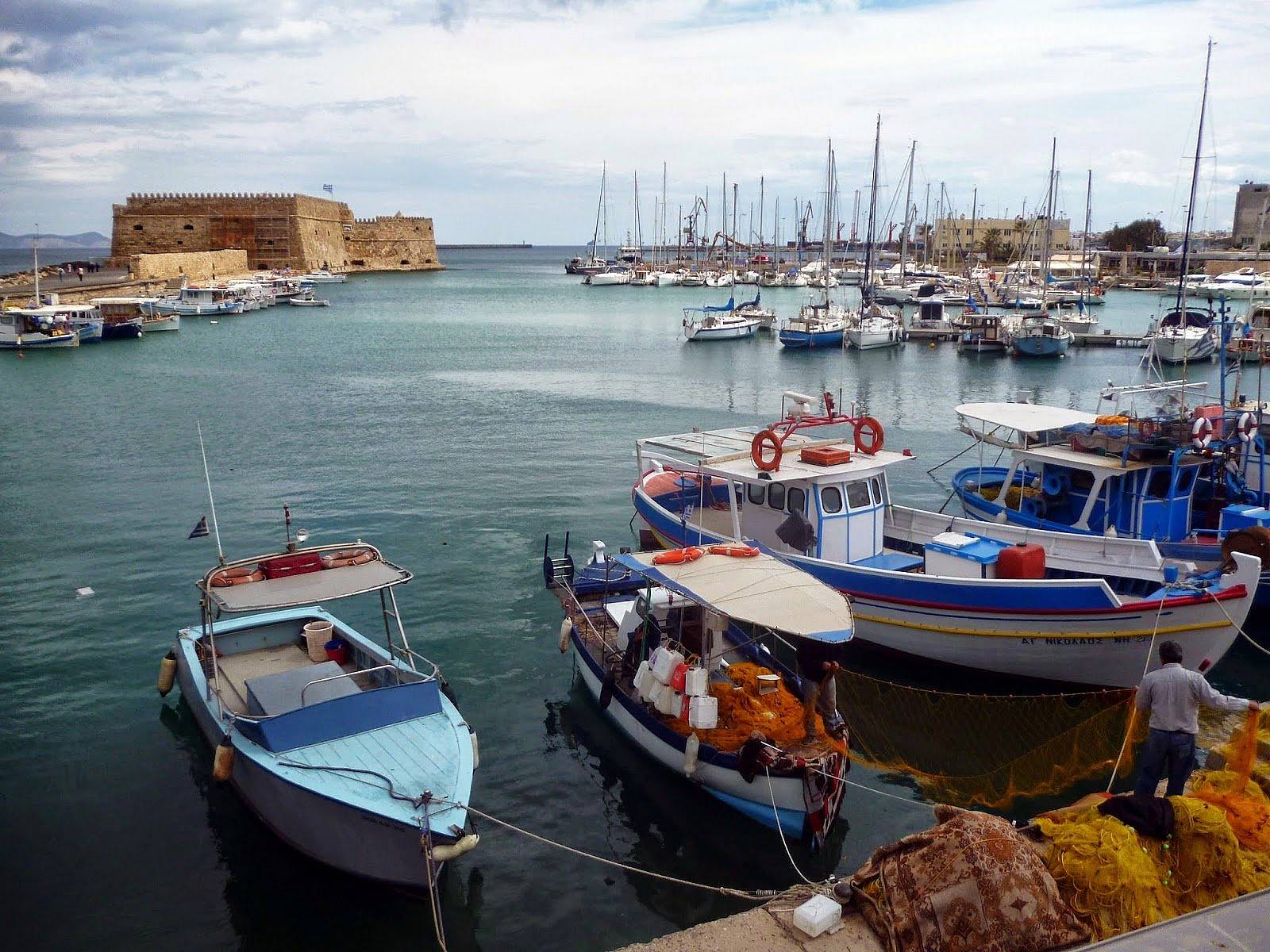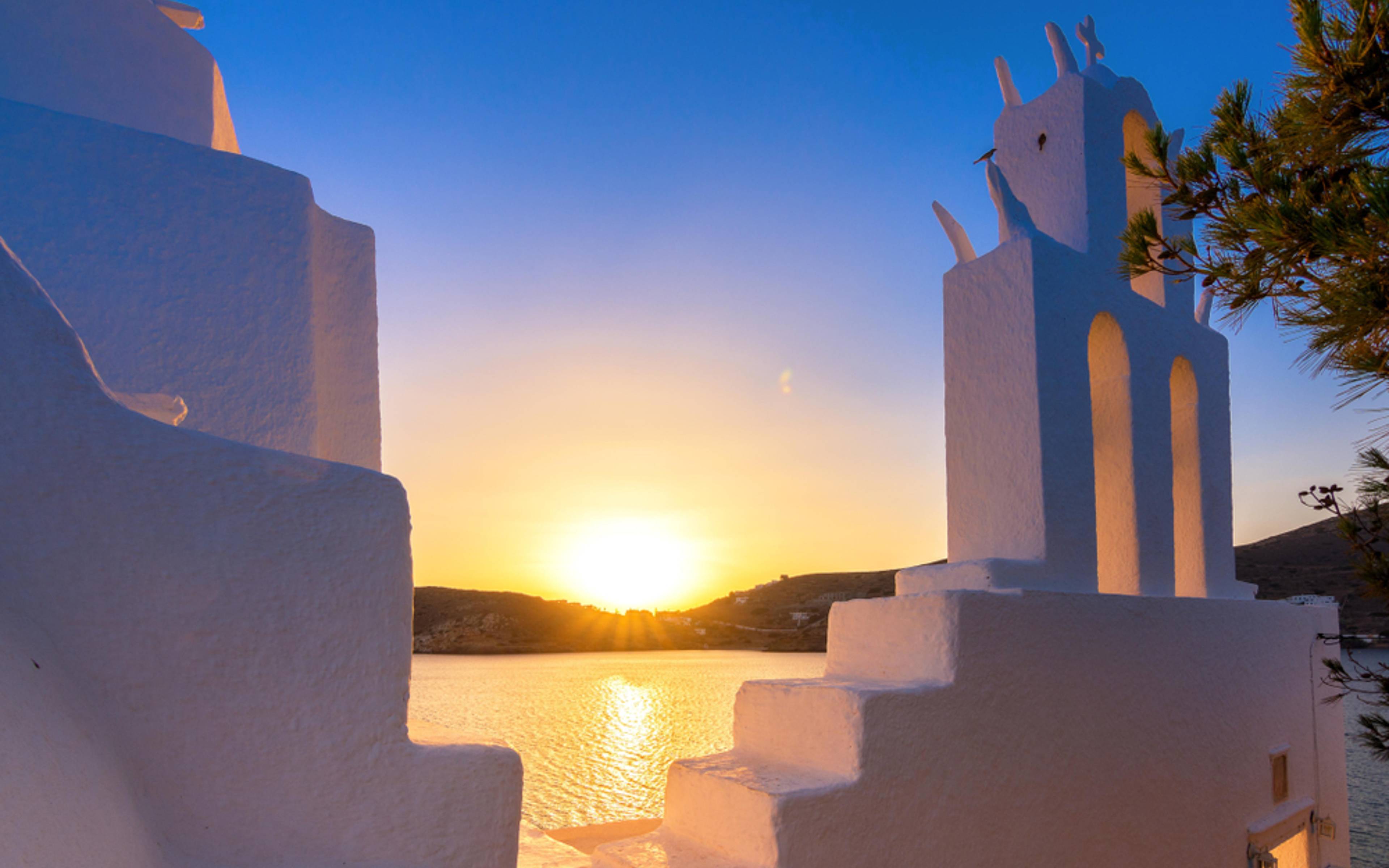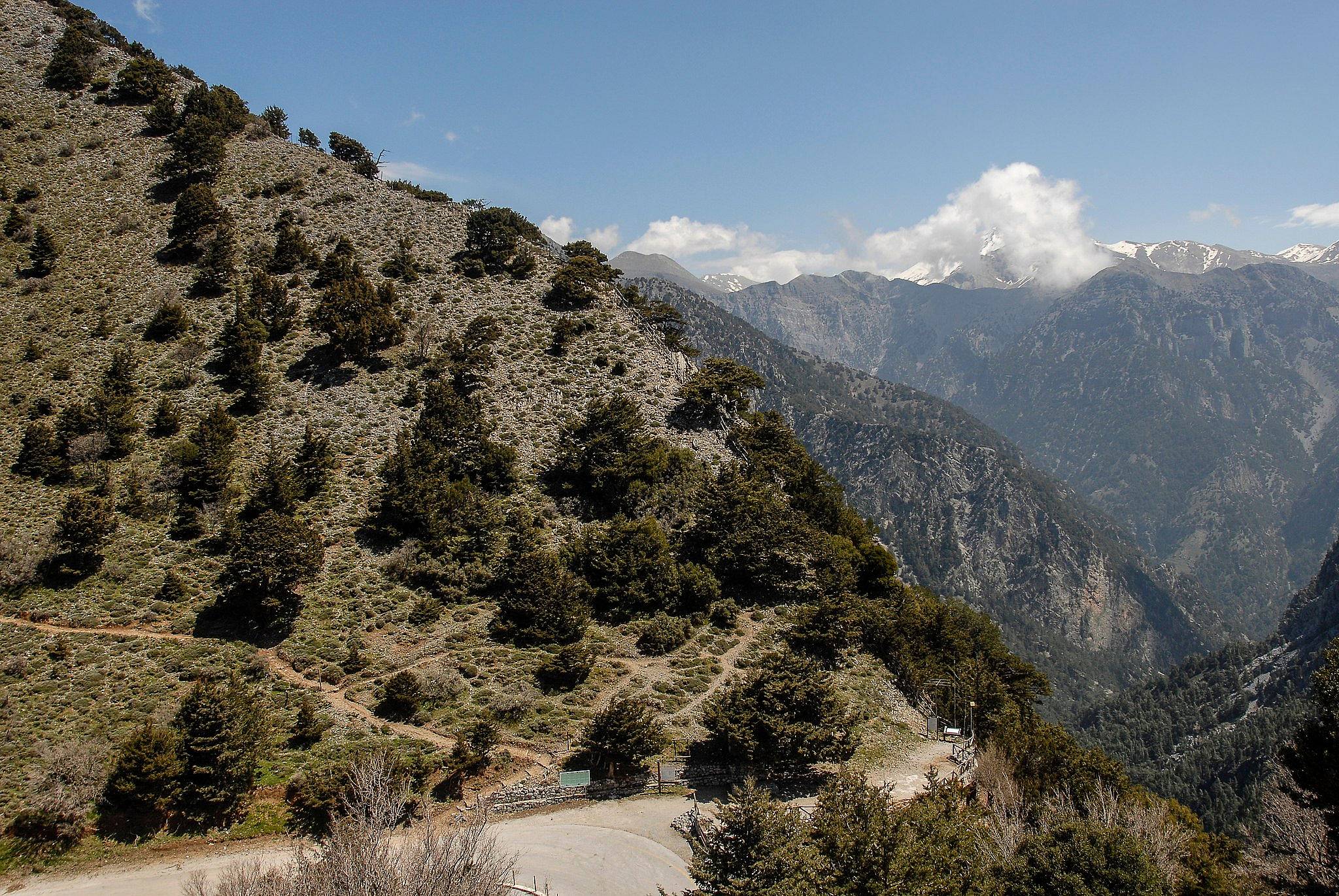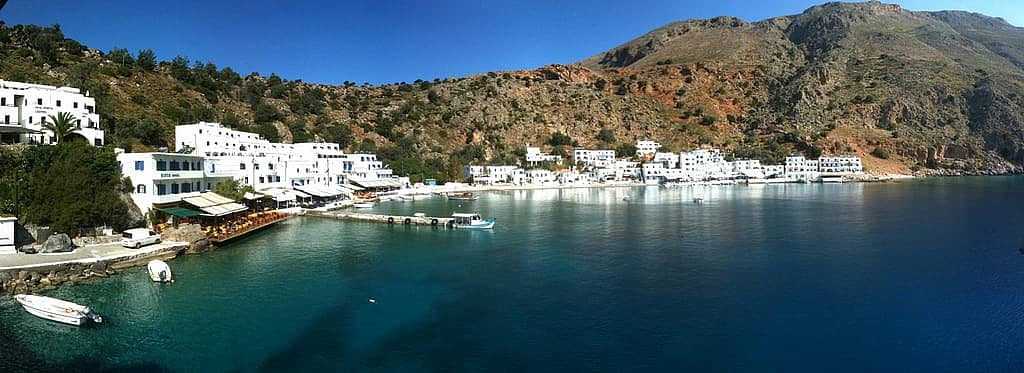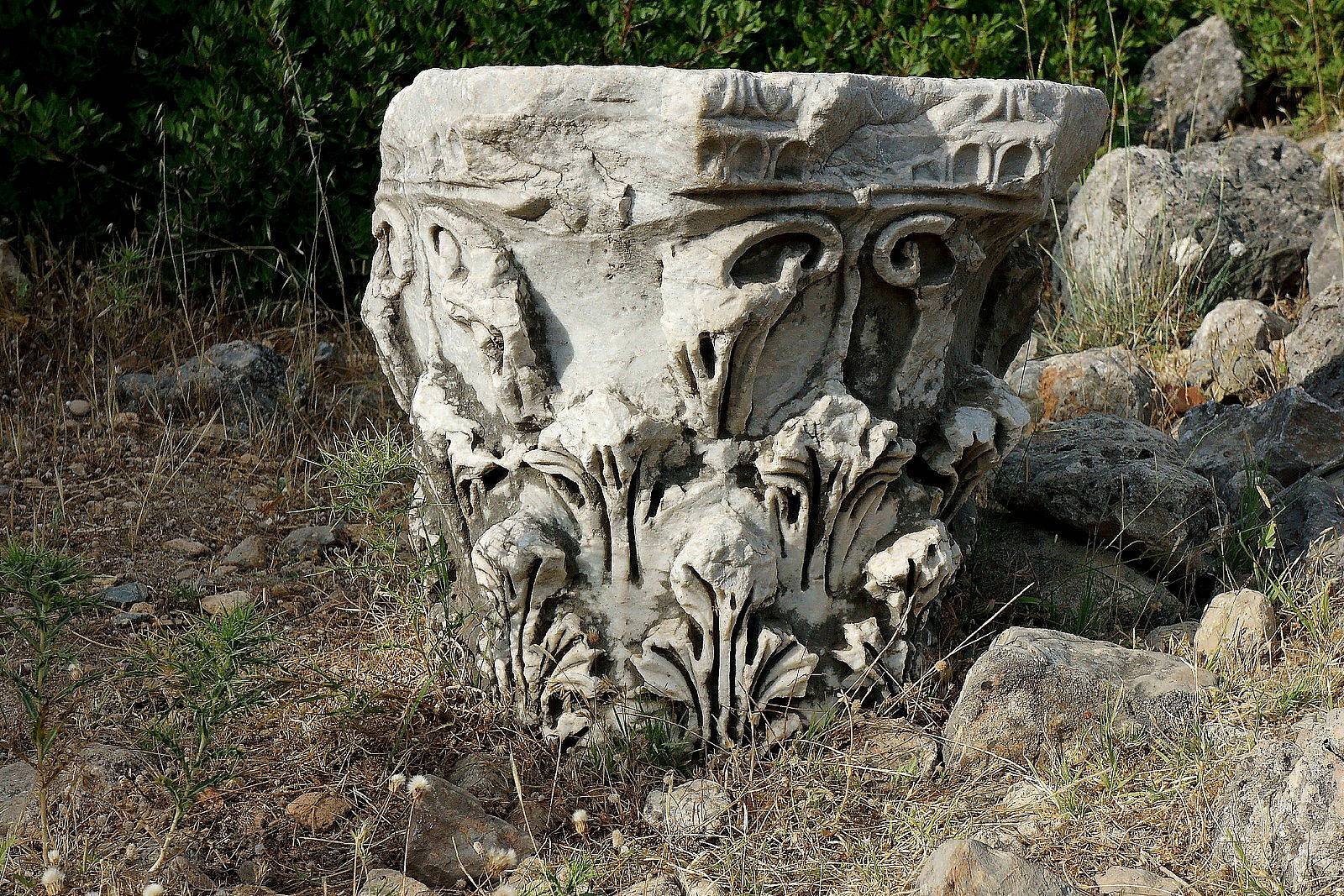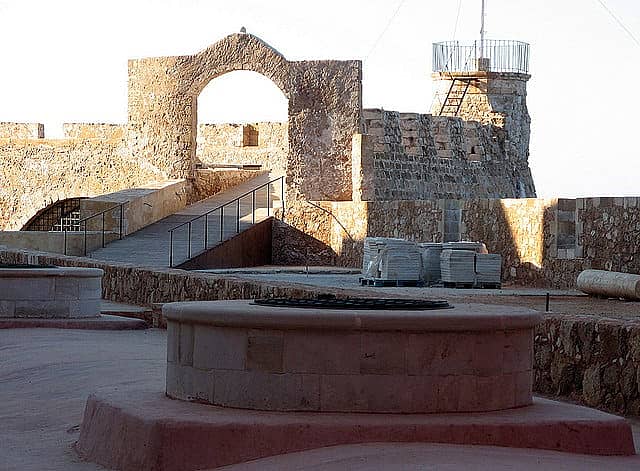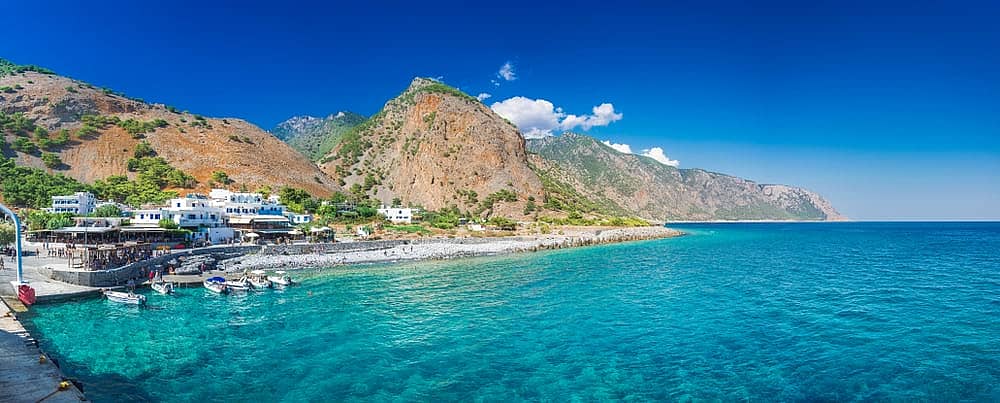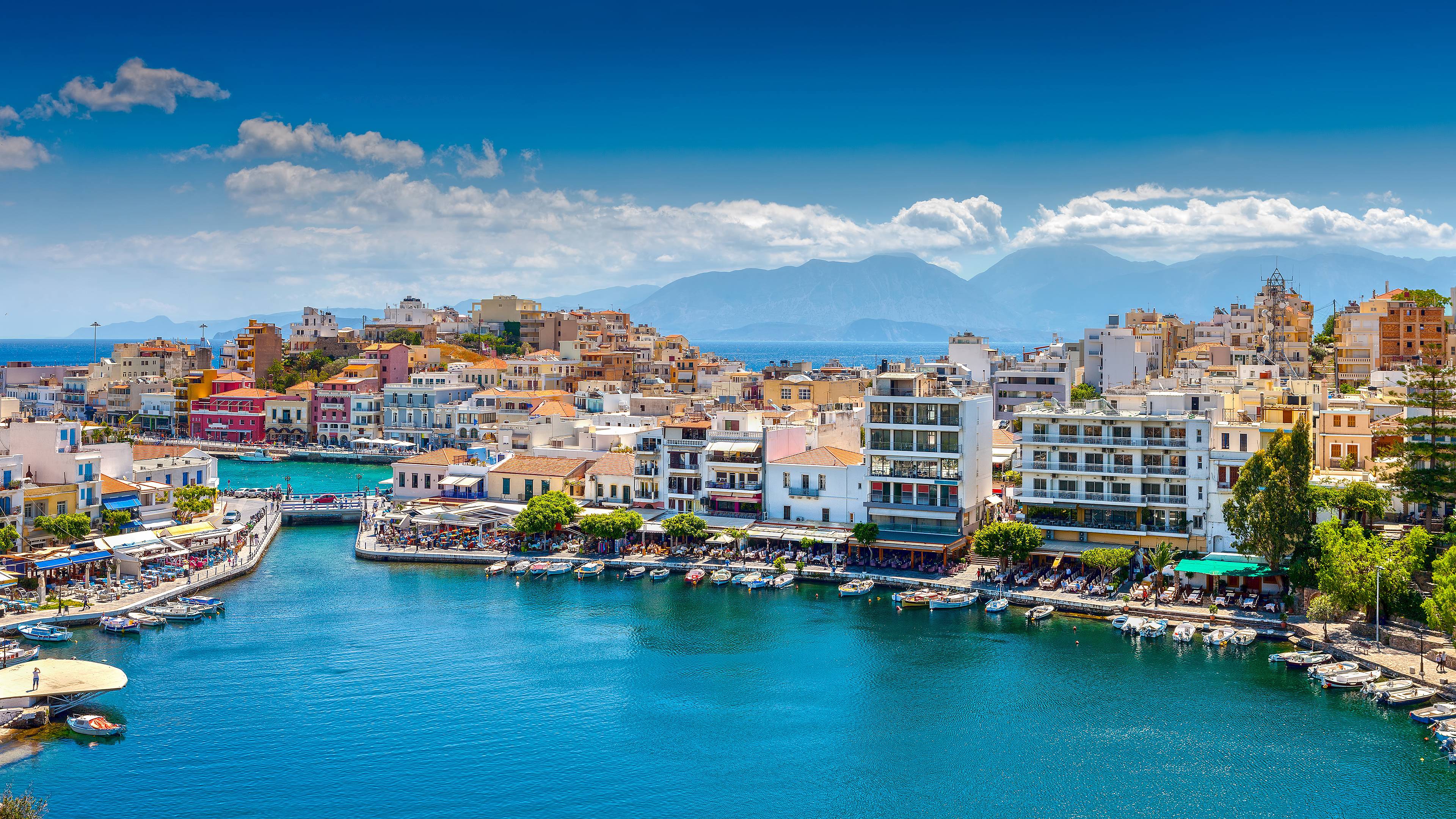

5 reasons to travel to Crete
- 1Discover the extraordinary historic sites
- 2Stroll along beautiful beaches
- 3Living in the middle of unspoiled nature
- 4Meet a friendly native people
- 5Enjoy the healthy local gastronomy
Fans of history will know that Crete has many treasures, such as the unmissable Heraklion archeological museum, one of the most significant museums in Greece (and that's saying something!). It's home to extraordinary exhibits covering a period of 5,500 years, from the Neolithic to the Roman Era, including its unmissable Minoan collection, comprising jewels, clay tablets, jars...
Anyone who enjoys frescos will love Crete's ancient sites, a window into the bygone days of the legendary king Minos, with the palace of Knossos and its famous fresco, the prince of the lilies.
Romantic coves, magnificent shorelines, exotic lagoons, long sandy stretches beside an emerald sea...Crete, with its 150 kilometres of coastline, is a paradise!
At Vaï, you'll be able to admire the largest natural palm grove in Europe and the beautiful beach, with its warm, golden sand. At Balos, it would be easy to imagine yourself in the tropics, with the turquoise-coloured lake. And let's not forget Preveli's beaches, with their grotto-studded cliffs, Falassarna, with its rocky coves and Agios Pavlos, with its vast dunes: there's a brief description of Crete's most beautiful beaches!
When to go in Crete?
What to see in Crete?
Top places to discover.
